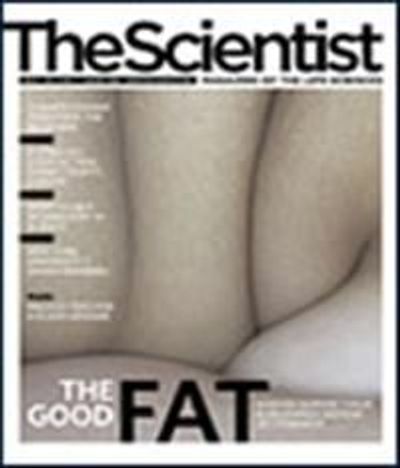
As Anna Dhody tells it, sometime in 2000 or 2001 she and her supervisor Steven LeBlanc, director of collections at Harvard's Peabody Museum of Archaeology and Ethnology, were discussing ways to obtain ancient DNA from secondary archeological finds over lunch. Recalling her training as a forensic anthropologist, Dhody, now curator of the Mütter Museum of the College of Physicians of Philadelphia, mentioned how things like cigarette butts or discarded coffee cups from crime scenes often yield DNA. "Why can't we use modern day forensic technology to solve ancient mysteries?" she asked.
The scientists thought about the hundreds of bundles of chewed yucca fibers, called quids, gathering dust at the Peabody. Quid chewing was quite in vogue among Native Southwesterners some 800-2,400 years ago, and these fibrous clumps litter archeological sites. Could these quids provide new clues about the humans that spat them out hundreds or thousands of years ago?
It...
LeBlanc tapped the Peabody's sizeable quid collection, which came from desert caves scattered throughout the Southwest, and Dhody developed a set of protocols for extracting DNA from the cores. The team wasn't even thinking about data - their goal was just to see if it was even possible to extract DNA from these ancient specimens.
Over the next several months, with the help of LeBlanc's Harvard collaborator and coauthor, Thomas Benjamin, the team extracted mitochondrial DNA from cheek cells in 20 of the 70 quids they analyzed. (LeBlanc et al., J. Field Arch, 32. 2007.) For the first time, scientists had extracted DNA from ancient artifacts, not from skeletal or other bodily remains.
"I was moderately dubious to start with," says LeBlanc. But as results indicating the presence and viability of ancient DNA in quids trickled in, LeBlanc's skepticism turned to elation. "It was like, 'Whoa, this really works.'" Dhody's excitement was less restrained. "When we got the results, it was amazing," she says. "My initial reaction was, 'Oh my god. That's so cool!'" To ensure the DNA samples weren't contaminated with the handlers' DNA, LeBlanc required that each of his six coauthors provide a genealogical history to assure they have none of the characteristically Native American mtDNA haplogroups.
Although the researchers obtained only traces of DNA, the preliminary data show that the quid DNA contained haplogroups common to native inhabitants of central Mexico. This suggests that the "Uto-Aztecan-speaking farmer migration model," which proposes corn farmers moved from Mexico into the American Southwest and brought agriculture with them, may be correct.
University of British Columbia archaeologist and expert in ancient Southwest Native American cultures R.G. Matson says that the findings are part of an "archeological reformation," in which archaeologists use molecular biology to answer questions. "This [paper] really has changed archaeology," says Matson, whose own research focuses on DNA in fossilized fecal pellets from ancient people. LeBlanc plans to hunt for viable DNA in hair left behind at Southwestern dig sites, which might provide further clues about migration patterns.
The finding also underscores the importance of preserving even seemingly worthless artifacts from archaeological sites. "It wasn't intuitively obvious to even save [quids]," LeBlanc says. "These things were saved before we even knew there was DNA." Dhody, who says the study has caused her to look at her own collection at the Mütter Museum in a different light, agrees. "One man's trash is another scientist's treasure," she says.
Interested in reading more?





